The Peloponnese is an irregularly shaped landmass with
several peninsulas jutting southward like fingers from its mainland. The middle one, the one that sticks furthest
south, is named Mani. The southern tip
of Mani at Cape Tenaro is actually the southernmost place on the European
mainland, although there are islands further south.
Mani was long one of the most remote, most isolated places
in Greece, a place where blood feuds lasted into the early twentieth century
and the unique residential tower architecture was designed for defense in such
localized feuds as well as broader conflicts.
Going to Mani is now considered one of the highlights of a trip on the
Peloponnese.
The region is vaguely split into two parts with Inner Mani
as the actual peninsula and Outer Mani as the rugged coast between the Ionian
Sea and Taygetos Mountains extending almost all the way to Kalamata. Our route took us back and forth through
Outer Mani to Areopolis, the town on the rough border between the two where we
stayed for two nights.
We then spent a
whole day exploring the Inner Mani peninsula in a counterclockwise loop.
Initially Mani didn’t strike me as anywhere near as remote
and wild as it has been described. The road between Kalamata and Areopoli is
quite busy through many shore towns and hill towns and clearly not off the
beaten tourist path. Areopoli itself is on a bluff well above the sea. Although
a significant tourist center, it maintains a charming stone town center with
two nice squares and some very old churches. Heading south from Areopoli on the
west side of the peninsula, the road is relatively straight and flat all the
way to the fishing village of Gerolemnas, nothing really that unique.
However, things start to change south from there to the end
of the peninsula and back up the east side. Mani’s most notable tower village
is Vathia, set on slopes in view of the sea but high above it. When I say “towers”, I should qualify it. The
stone residential buildings in Vathia and other Mani villages are tall and narrow,
three to five stories tall, quite beautiful and unique but not quite the towers
of medieval Tuscany.
Vathia is nice to walk around, but it seemed almost
deserted except for one café along the main road.
The end-of-the-earth remoteness feeling intensifies further
south toward Cape Tenaro. It would have been tempting to take the short trail
to the actual point, but that’s not very appealing when the temperature is
approaching six digits Fahrenheit. We
opted instead to take the steep road down to the village of Porto Kagio where
several restaurants line a pebble beach on a beautiful bay, across from which
several smaller tower villages cling to the steep hillside. We had a nice lunch of spaghetti with shrimp
and a pie with wild herbs before taking a cooling dip in the sea.
We returned to Areopoli in a loop up the east side of the
Mani Peninsula, a narrow twisting road up and down the rugged mountains and
through numerous small villages. I
really liked Mani because of its remoteness, rugged beauty, and unique cultural
traditions and architecture. I might even call it one of my favorite places in
Greece.

 Vathia, Greece
Vathia, Greece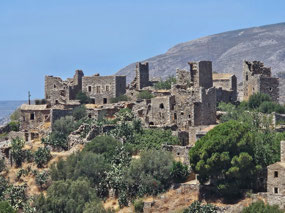
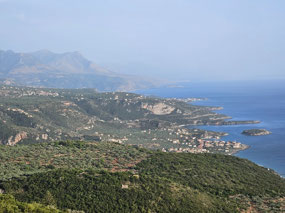
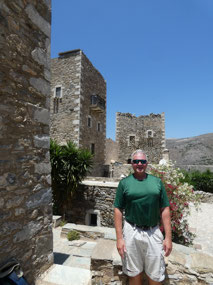



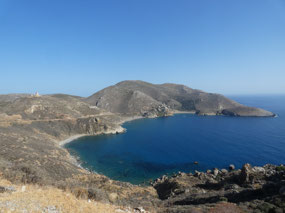
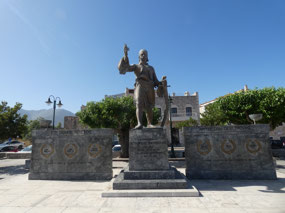
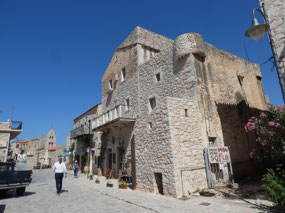
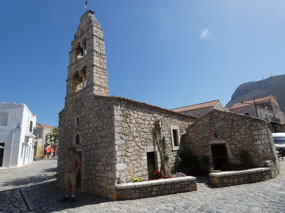
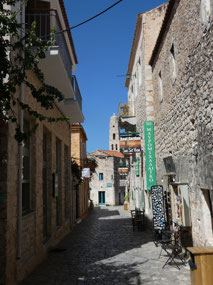
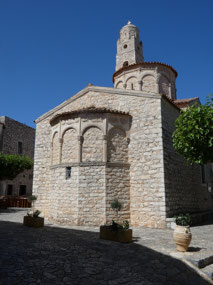
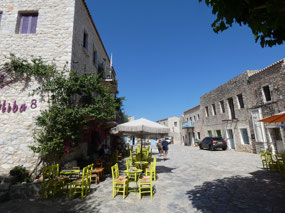
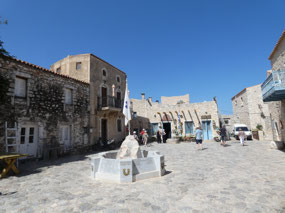
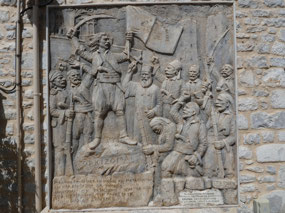
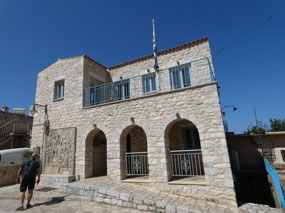
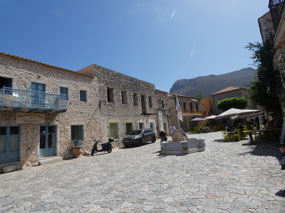
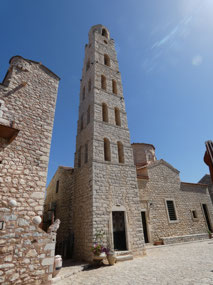
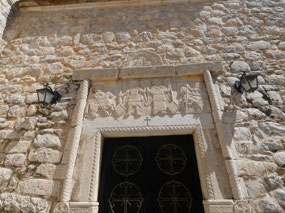
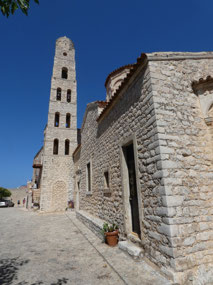
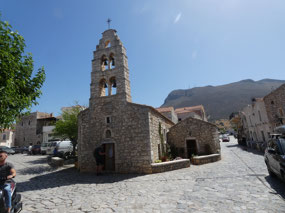

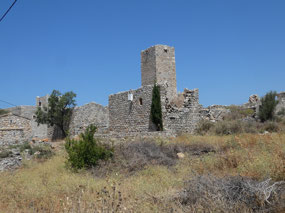
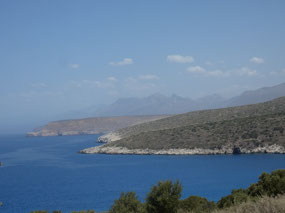
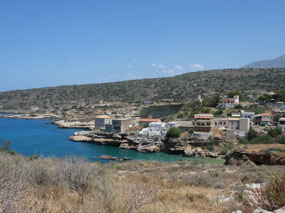
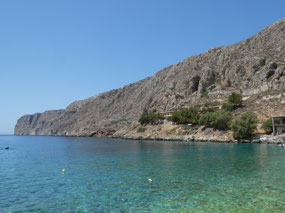
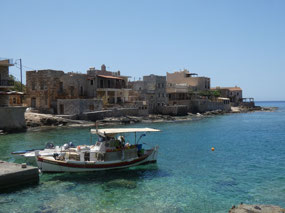
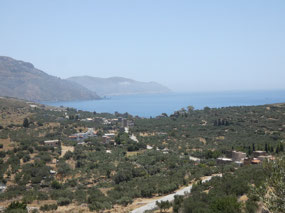
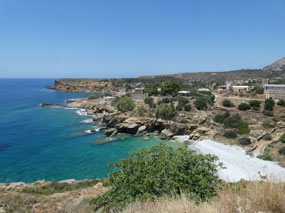
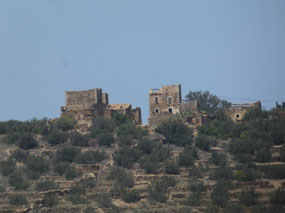

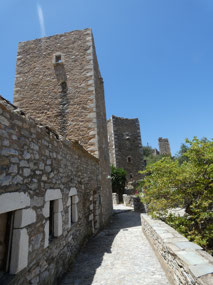
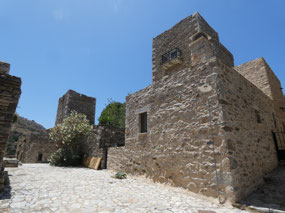
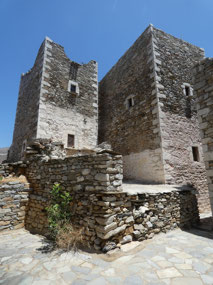
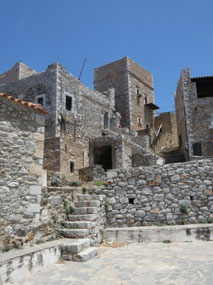
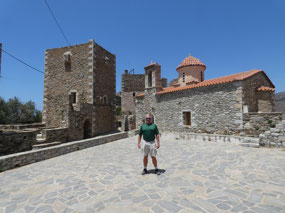
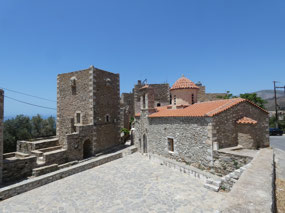
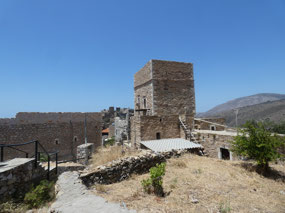
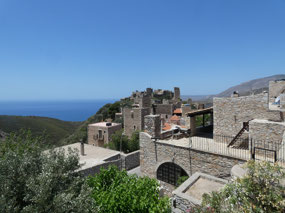
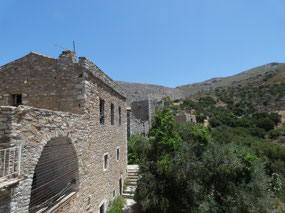
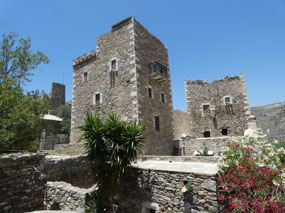
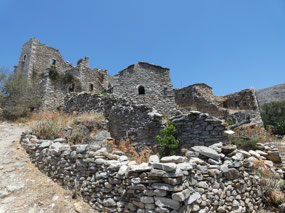
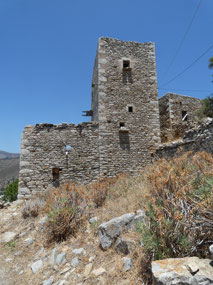

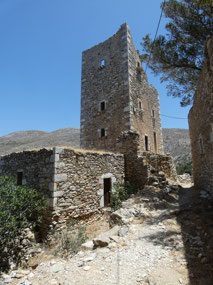
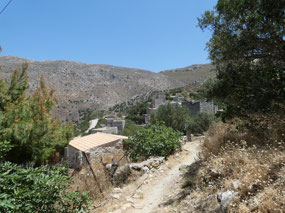
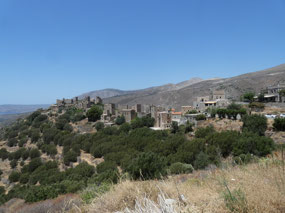
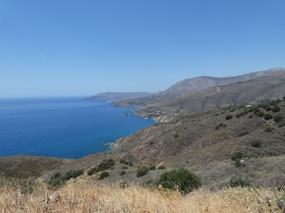
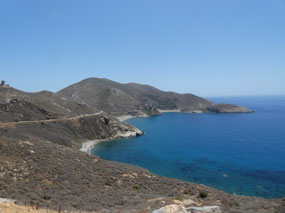
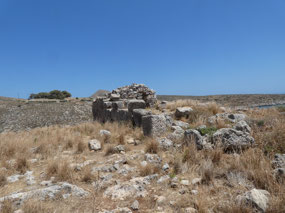
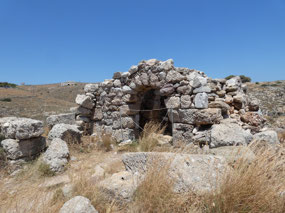
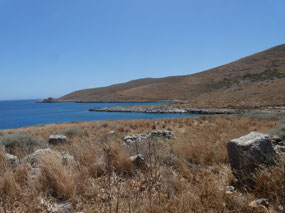
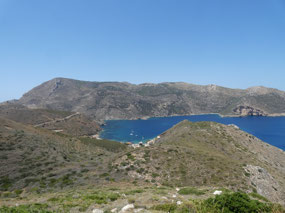
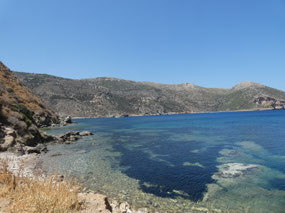
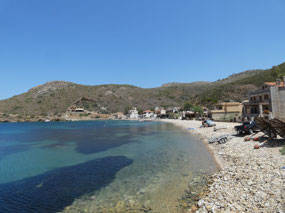
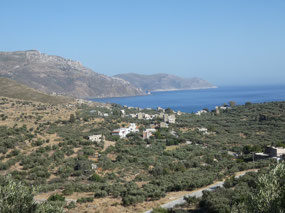

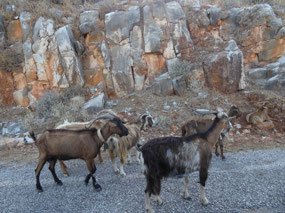
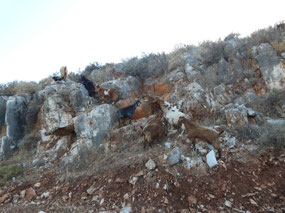
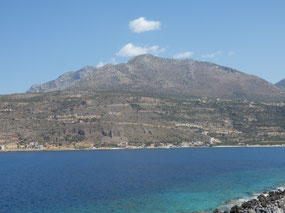
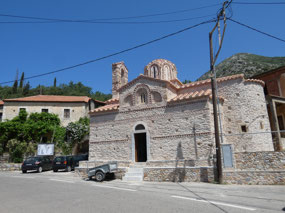
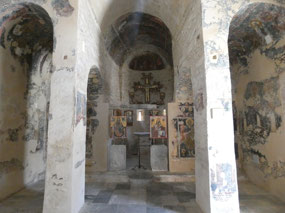
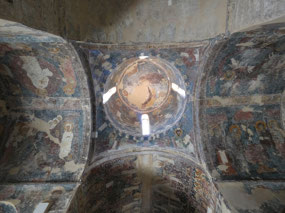
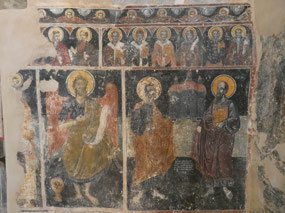
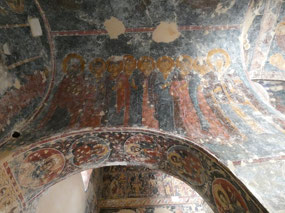
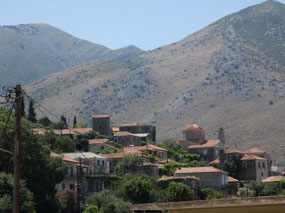
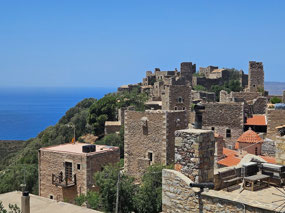
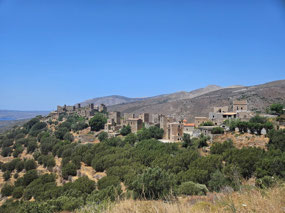
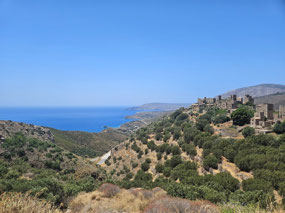
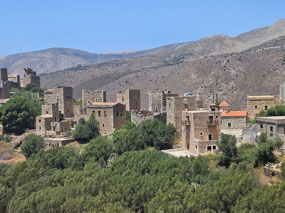
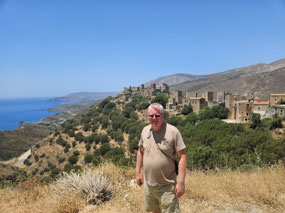
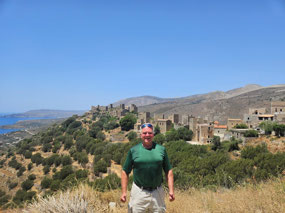
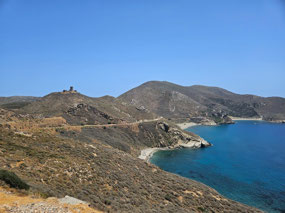
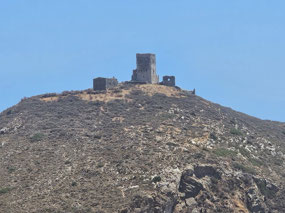
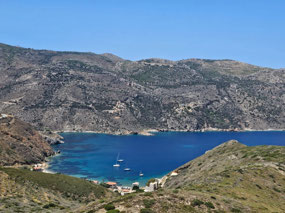
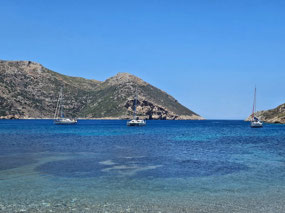
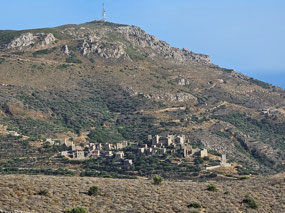
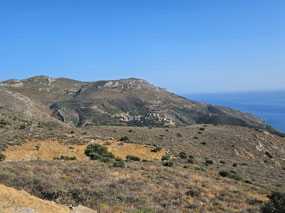

2025-05-23